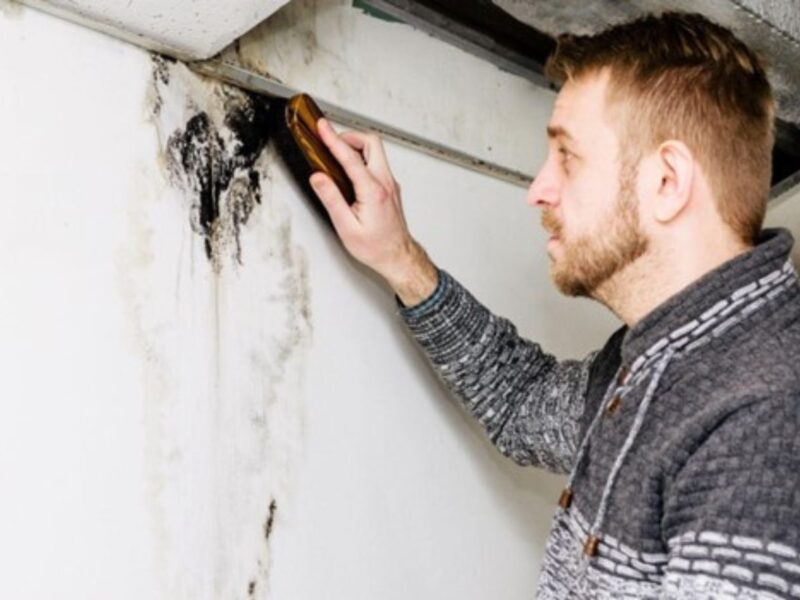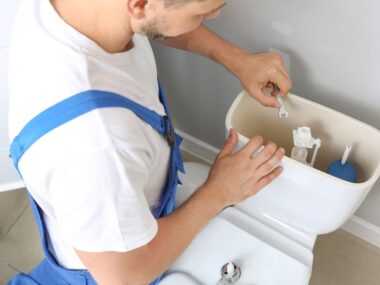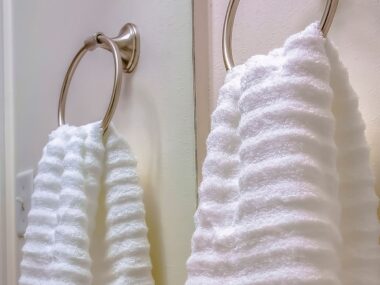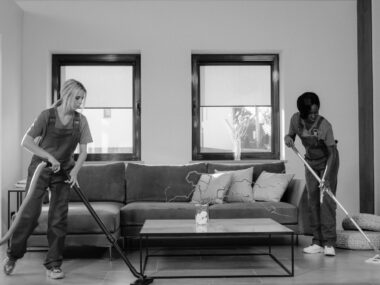Roof maintenance plays a crucial role in ensuring the longevity and health of your home. Summer, with its clear skies and generally predictable weather, is the ideal time to address roof plumbing checks. Regular maintenance can preempt costly repairs and extended damage, saving homeowners significant expenses down the line. This article will guide you through a comprehensive summer roof plumbing checklist, covering essential tasks and useful tips to keep your roof in pristine condition.
Inspect and Clean Gutters
Clean gutters are essential in preventing water damage to your roof and home’s foundation. Over time, gutters accumulate leaves, twigs, and other debris, leading to clogs and overflow. Water that can’t properly drain can lead to various problems, including leaks and structural damage.
Begin by gathering the necessary tools: gloves, a sturdy ladder, a scoop or small shovel, and a hose. Ensure the ladder is stable and someone is there to hold it if needed. Start at the downspout, removing larger debris by hand or with the scoop. Use the hose to flush out the remaining dirt, ensuring water flows freely through the downspout.
Common issues like stubborn clogs may require a plumber’s snake or a power washer. Regularly cleaning gutters, especially before the onset of the wet season, can prevent many of these issues from escalating.
Check Roof Vents and Flashing
Roof vents and flashing are integral to maintaining proper ventilation and waterproofing. Vents help regulate temperature and moisture levels within the attic while flashing seals joints and seams, preventing water ingress.

Inspect vents for signs of damage, such as cracks or blockages. Make sure that there aren’t any nests or debris obstructing the vents. Flashing should be examined for rust, lifting, or sealing failures. Look for water stains inside the attic or around the ceiling, which could indicate leaks.
Maintaining vents and flashing involves ensuring that seals are intact and making necessary repairs promptly. Cleaning vents to remove obstructions can enhance their efficiency. For extensive damage, consulting with a roofing professional is advisable. Proper maintenance of these components will help spot roof plumbing issues and prevent significant water damage.
Examine Roof Shingles and Tiles
Roof shingles and tiles serve as the first line of defense against harsh weather. Issues like cracks, curls, or missing shingles can compromise the roof’s integrity and lead to water damage.
Conduct a visual inspection for visible damage. Look for shingles that are curled, cracked, or missing. Pay attention to granule loss on asphalt shingles, as this indicates aging. Damaged shingles should be replaced promptly to prevent leaks.
While minor repairs can be handled DIY, extensive damages or steep roofs should be left to professionals. Regularly scheduled inspections and proactive repairs will extend the life of your roofing materials and maintain the overall health of the roof.
Inspect for Mold and Mildew
Mold and mildew can pose serious health risks and deteriorate the quality of roofing materials. The warm and humid conditions of summer can create an optimal environment for these fungi to thrive.
Look for discoloration or dark patches on shingles, tiles, and inside the attic. Mold has a distinctive musty smell, which can be an early indicator. Effective cleaning methods include using a mixture of water and bleach or special mildew-resistant solutions.
Preventing mold and mildew growth involves maintaining good ventilation and addressing any leaks promptly. Keeping gutters clean to ensure proper drainage also helps reduce the likelihood of mold development. Regular inspections will help nip potential fungal problems in the bud.
Ensure Proper Insulation and Ventilation
Proper insulation and ventilation are critical for maintaining a comfortable indoor temperature during summer while protecting the roof structure. Inadequate insulation can lead to hot spots on the roof, accelerating wear and tear.
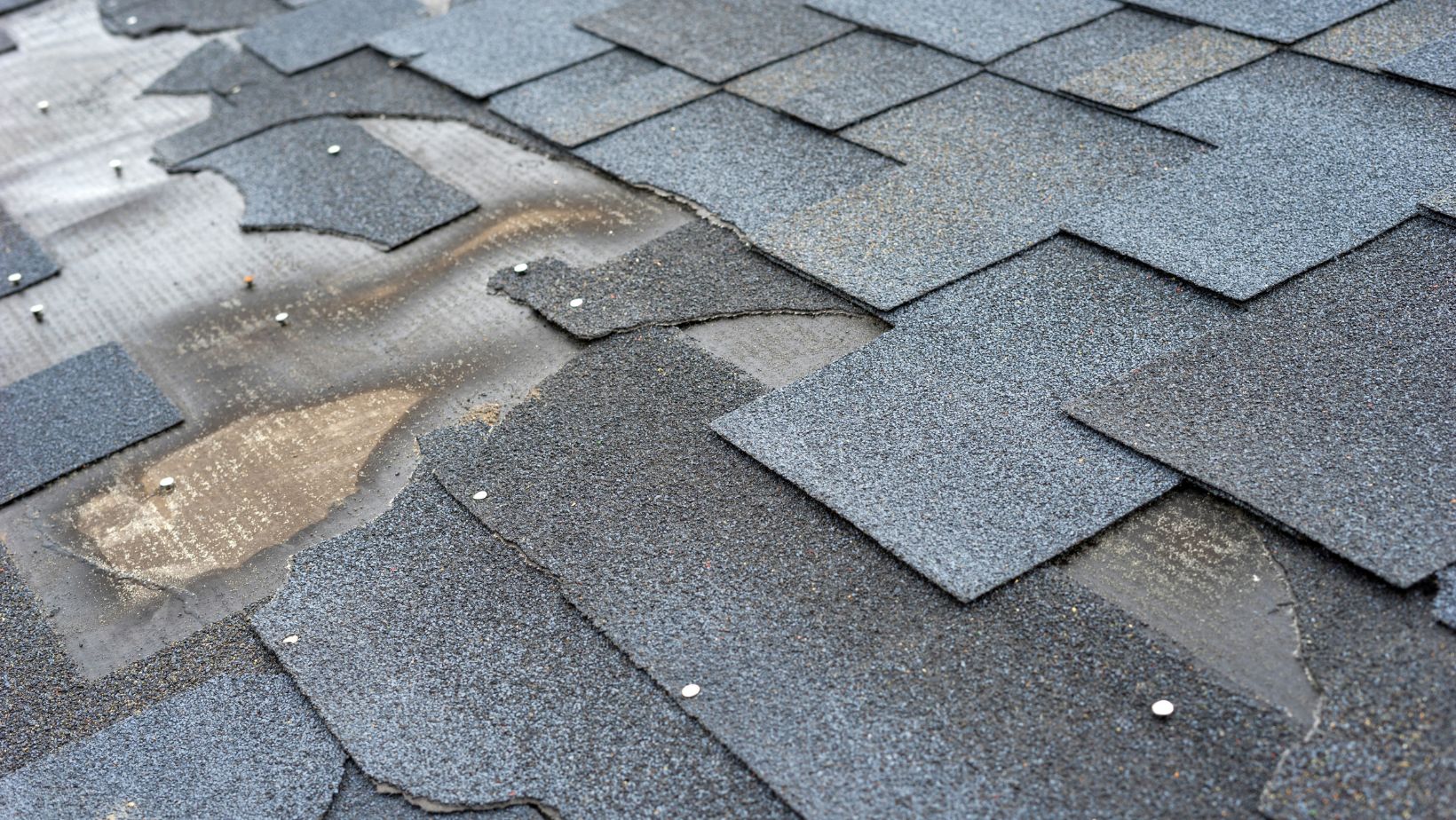
Inspect attic insulation for damage or compression. Also, check that the ventilation system is functioning correctly to prevent heat build-up. Look for signs of inadequate ventilation, such as excessive heat in the attic or increased energy costs.
Improvements may involve adding more insulation or installing additional vents. Proper insulation and ventilation reduce strain on cooling systems, leading to energy savings and increased roof durability.
Conclusion
A well-maintained roof is vital for the safety and comfort of your home. This summer roof plumbing checklist covers inspecting and cleaning gutters, checking roof vents and flashing, examining shingles and tiles, inspecting for mold and mildew, and ensuring proper insulation and ventilation. Regular maintenance and addressing problems early can prevent major repairs and extend the lifespan of your roof.
Conducting these checks annually, especially during summer, prepares your roof for adverse weather conditions and helps spot roof plumbing issues before they become significant. By adhering to this checklist and maintaining vigilance, homeowners can ensure a healthy and durable roof year-round.
